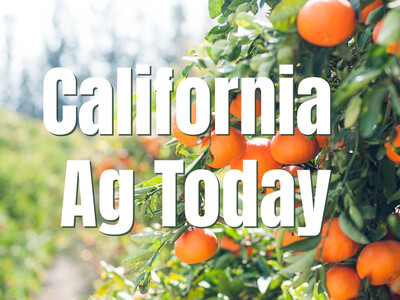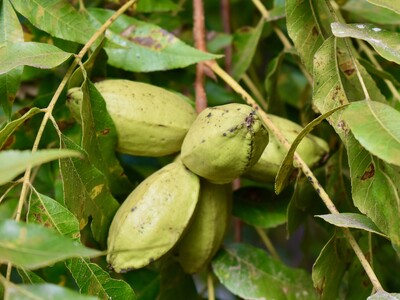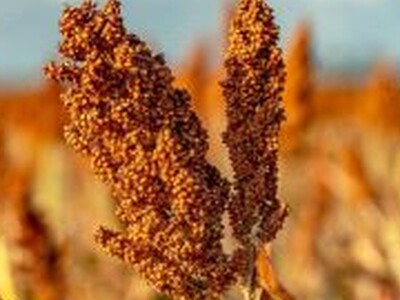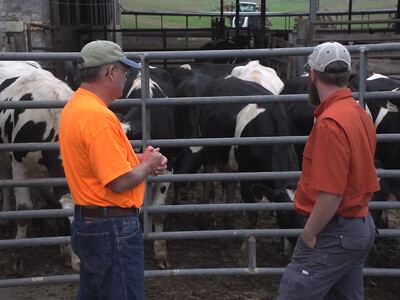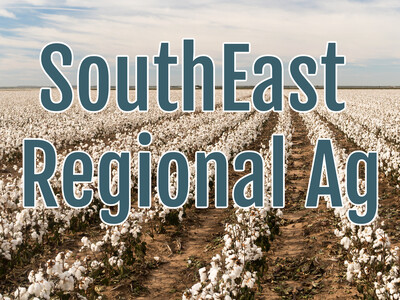Drone Pollination

Tim Hammerich
News Reporter
Despite centuries of advancement in farming technology, many of our food crops still rely on bees and other insects for pollination. But what about crops grown indoors? Polybee has found a way to pollinate strawberries and tomato crops grown in greenhouses with drones. CEO Siddarth Jadhav says it’s economical for some growers given the alternatives.
Jadhav… “The problem of pollination is most pronounced for self pollinating crops in greenhouses. And the reason is there's only one natural pollinator that works well, which is bumblebees. Now, there's two problems there, right? One is the activity of bumblebees depends a lot on the weather conditions, and on the other hand, there's many regions in the world which do not have access to bumblebees. So pollination has to be done manually, which is very expensive and not so consistent. Then we, you know, devised a solution using drones because, well, two reasons. Number one, it decouples pollination from everything else that's going on in the greenhouse, which simplifies its integration into a greenhouse operation. It's a very complex and a busy place. Then in terms of the method of pollination, how we do it is by leveraging the turbulent airflow from the drones propellers to vibrate the flowers at just the right frequencies for successful pollination.”
Learn more about their work on the website: Polybee.co.




